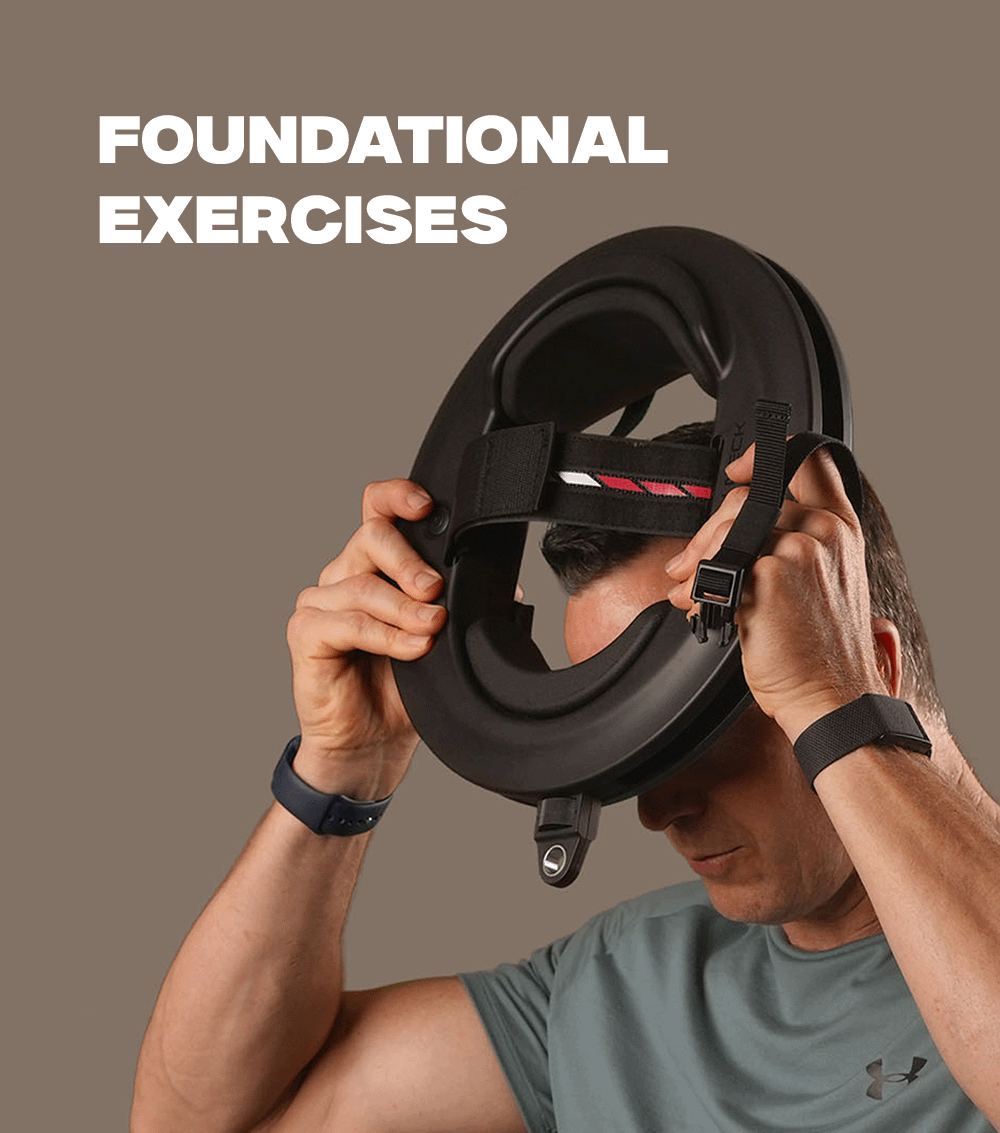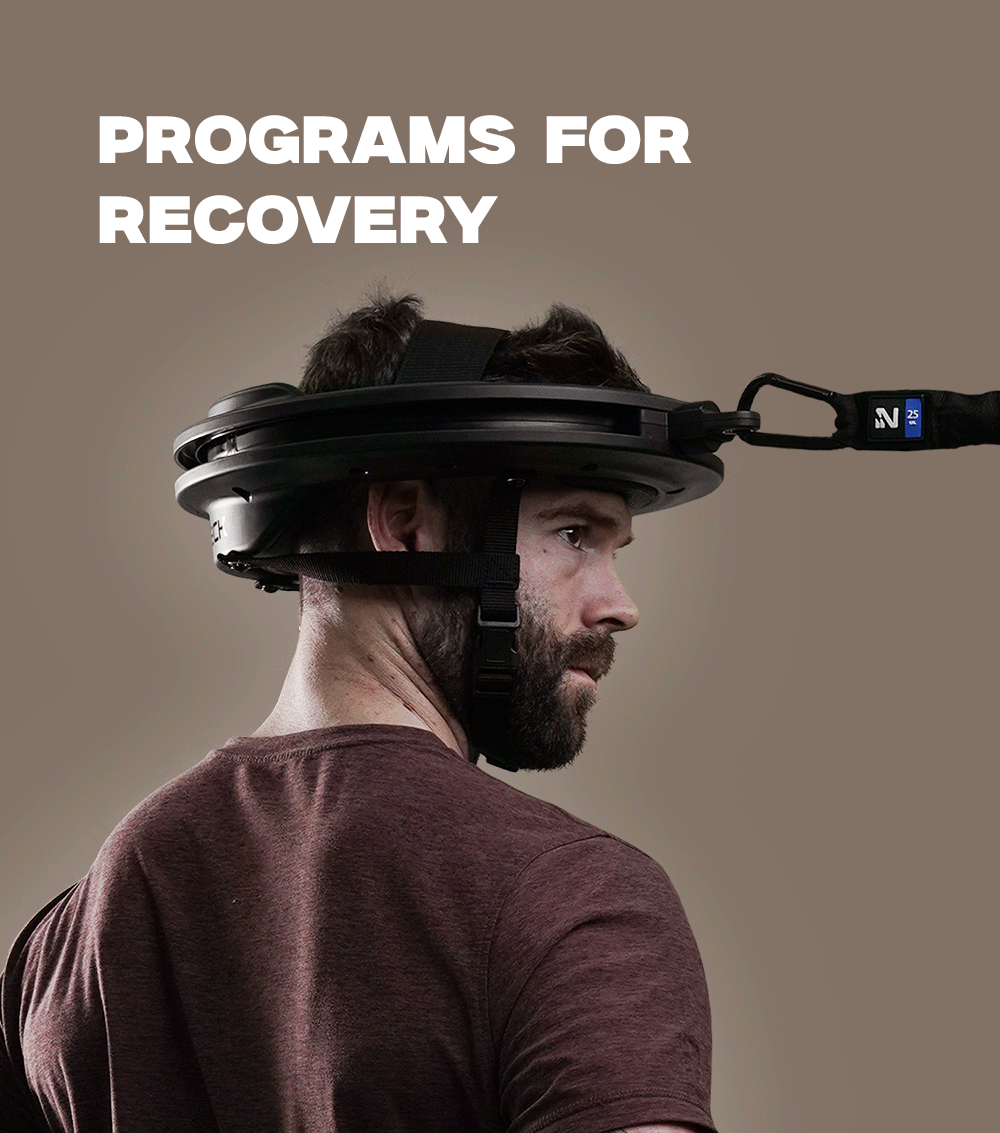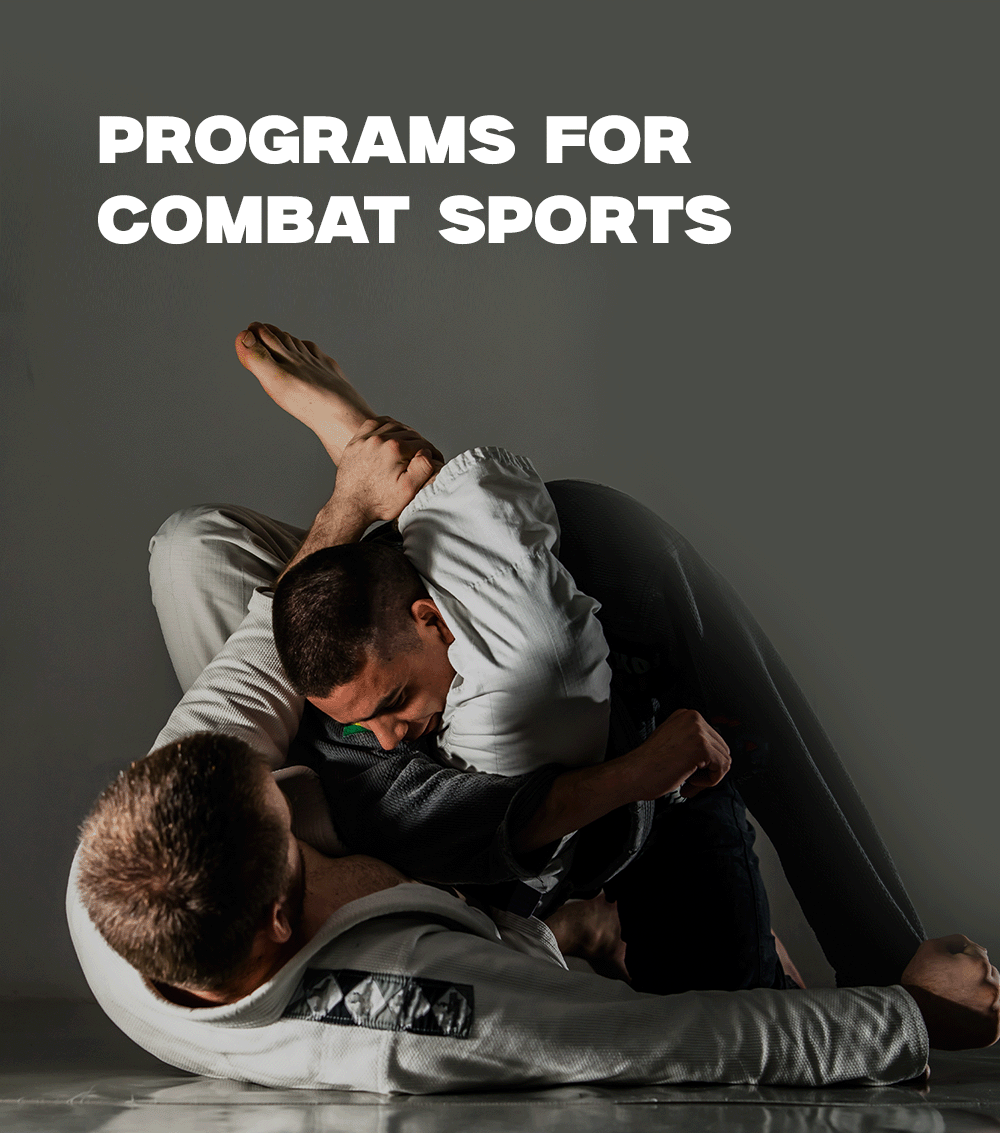Have you ever woken up with a stiff neck, struggled with nagging neck pain after long hours at the desk, or just wished you had better posture? You're not alone. Millions of people struggle with neck discomfort and this is often a direct result of poor neck stability.
However, what if we told you that there are simple, yet effective methods to improve your neck stability, reduce pain, enhance posture, and even improve your athletic performance? It’s as simple as incorporating the top neck stability exercises into your workout or wellness routine.
In this article, we will explore the importance of neck stability, how you can improve it beyond mere strength training, and introduce you to targeted exercises that can fortify your neck.
So, whether you're an athlete looking for that extra edge, an office worker tied to your desk all day, or simply someone who wishes to age with grace, read on to learn how to build a stronger, more stable neck. Let's start by explaining what neck stability is in the first place.
What is “Neck Stability”?
Neck stability refers to the strength and resilience of the muscles, ligaments, and bones in the neck region that work together to maintain the structural integrity of your cervical spine.
This stability enables the neck to support your head, which on average weighs around 10-12 pounds. The neck also enables a wide range of head movements, from the subtle nod of agreement to the dramatic rotation of looking over your shoulder.
At a deeper level, neck stability involves a delicate balance between mobility and strength. You need enough mobility to turn and tilt your head, but also sufficient muscular strength and endurance to maintain those movements and support the head's weight over a prolonged period.
In essence, having a stable neck means having a neck that is strong, flexible, and able to perform its functions without causing pain or discomfort. A stable neck is a well-rounded joint that won’t hold you back from living your life, but rather, enhance your life.
Let’s progress this conversation by looking at why working towards a stable neck is worth doing.
Why is Neck Stability So Important?
Neck stability isn't just about preventing a stiff neck or reducing the likelihood of injury. It plays a crucial role in several areas that significantly impact our daily lives and overall health.
Posture and Alignment
The neck is an integral part of the spine, and like the rest of the spine, it contributes significantly to overall body posture and alignment. Poor neck stability can lead to a forward head posture, where the head is habitually positioned in front of the body.
This puts strain on the neck muscles and ligaments, leading to discomfort and potential long-term damage.
But working to improve neck stability doesn’t just yield immediate benefits to how you feel. Over time, this can cause a domino effect, impacting the rest of your spinal alignment and leading to further postural issues.
Injury Prevention
Poor neck stability can make you more prone to injury, especially if you lead an active lifestyle or participate in sports. Sudden movements or impacts can strain an unstable neck, causing injuries such as whiplash and concussion.
On the other hand, a strong and stable neck can absorb and distribute forces more effectively, reducing the risk of injury.
Enhancing Athletic Performance
There is a reason you see wrestlers, boxers, F1 drivers, golfers, cyclists, football players, and the rest of the world’s top athletes training the neck.
In many sports, neck stability plays a critical role. For contact sports like football, rugby, or martial arts, a stable neck can help withstand impacts and prevent injury.
But even in non-contact sports like running or cycling, where constant vibration can cause neck fatigue, neck stability is important. It allows for better control, focus, and endurance, ultimately leading to improved performance
The Telltale Indicators of Poor Neck Stability
Recognizing the signs of poor neck stability is an important first step towards addressing this issue. Here are some common indicators that suggest you may need to work on improving your neck stability:
Chronic Neck Pain
If you wonder to yourself - why do I have neck pain and stiffness? Or, why does my neck feel tight? It could be poor neck stability. That pain you feel may be localized in the neck area or may radiate to the shoulders, upper back, or arms.
Neck pain that doesn't go away even after rest and traditional pain management techniques could indicate that your neck lacks the necessary strength and endurance to support your head and perform its functions.
Frequent Muscle Tension or Spasms
Frequent muscle tension, knots, or spasms in your neck or shoulders could be a sign of poor neck stability. These symptoms may be your body's way of compensating for the lack of stability by tensing the muscles in an effort to provide more support.
The good news is that neck spasm exercises can help the symptoms, while neck stability exercises can address the root cause of the issue.
Limited Range of Motion
If you're struggling to turn your head from side to side or tilt it up and down, it might be due to poor neck stability. The neck muscles might be so weak that they cannot adequately support these movements, resulting in stiffness and a reduced range of motion.
Regular Headaches
Regular headaches, especially tension headaches that feel like a tight band around your forehead or at the back of your head, can also be a sign of poor neck stability. These headaches can often be traced back to tension in the neck muscles due to inadequate support from the neck's stabilizing structures.
Poor Posture
As mentioned earlier, poor neck stability can lead to poor posture, specifically forward head posture or "text neck". If you notice that your head often juts forward while sitting or standing, this could be a sign of poor neck stability.
You can learn more about how to get rid of tech neck in our complete guide or look into the top neck posture exercises in our blog. But really, the root cause of these symptoms is often the result of weak neck muscles. So, how can you improve neck stability?
How Can I Stabilize My Neck?
Improving neck stability is not a one-step process. It involves various strategies aimed at strengthening your neck, improving your posture, and making healthier lifestyle choices. Below, let's explore some of the methods to stabilize your neck effectively:
Strengthening Your Neck Through Targeted Exercises
One of the most effective ways to improve neck stability is by strengthening the muscles in your neck through targeted exercises. In fact, improved stability is one of the most profound neck exercises benefits!
For example, performing the best neck exercises for mass using the Iron Neck device help to target these muscles in a safe and effective way. The device allows for 360-degree rotation, which aids in working all of the muscles around the neck evenly.
We’ll talk more about how to increase neck strength and how to exercise your neck muscles later on as we share the top neck stability exercises. But let’s look at some other key considerations to improve neck stability.
The Role of Proper Posture
Good posture plays a crucial role in maintaining neck stability. When your posture is aligned, your head, neck, and spine are in balance, putting less strain on your neck muscles and contributing to overall stability. As a result, you’ll be able to finally stop carrying stress in shoulders and neck.
Practicing good posture involves keeping your head upright with your ears aligned with your shoulders, maintaining a straight back, and avoiding slumping or slouching. There are also several exercises and stretches that can help improve your posture over time.
The Value of Nutrition and Hydration
Your diet also plays a role in neck stability. Nutrient-dense foods support muscle growth and repair, while adequate hydration helps to maintain muscle elasticity and joint lubrication.
Ensure your diet is rich in protein, vitamins, and minerals, especially calcium and vitamin D for bone health. Similarly, aim to drink enough water each day to support overall muscle function and joint health.
Other Lifestyle Changes
In addition to exercise, posture, and nutrition, other lifestyle changes can also improve neck stability. This can include stress management techniques like meditation or yoga, which can help to reduce muscle tension in the neck. Getting adequate sleep is also important, as it gives your muscles time to recover and repair.
By implementing these strategies, you can work towards improving your neck stability, reducing discomfort, and enhancing your overall quality of life. But really, your best bet for improving stability is to start performing the three neck stability exercises we have to share with you below…
The Top 3 Neck Stability Exercises to Add to Your Workout Routine
Improving neck stability demands targeted exercises that challenge and strengthen the muscles surrounding the neck and mobilize the neck simultaneously. Here are three neck stability exercises you can incorporate into your routine using the Iron Neck:
360 Spin With Iron Neck
The 360 Spin aims to retain alignment between the Iron Neck ring, resistance band, and anchor, all while maintaining excellent posture.
This full-circle motion offers an all-around view of your environment and doesn’t just improve stability - but also neck flexibility and neck mobility. It’s fairly simple:
- Secure your Iron Neck, ensuring it is aligned with the anchor point.
- Stand straight, keeping your posture perfect.
- Slowly rotate your body, keeping both feet on the ground, and make a full rotation in both clockwise and counter-clockwise directions.
Look Left, Look Right
This exercise targets your neck's mobility, which is one of the core tenets of stability. The goal is to keep your chin and eyes level while rotating the neck from side to side, letting the shoulders stay relaxed and stable. The steps to perform this exercise are:
- Put on your Iron Neck and align it with the anchor point.
- Stand upright, keeping your shoulders relaxed.
- Without moving your shoulders or tilting your head, rotate your neck to look to the left and then repeat on the right. A good goal is to get your chin parallel to your shoulder - but don’t push it if your flexibility/mobility aren’t quite there yet.
Locked Neck Body Turns
This exercise puts your neck stability to the test by maintaining a fixed position while your body rotates.
In this movement, the neck and spine remain immobile while the waist becomes the pivot point. This activity stimulates anti-rotational engagement from head to toe. Here’s how to perform it:
- Put on your Iron Neck and align it with your anchor point.
- Stand straight with your neck and spine in a neutral position.
- Rotate your body from the waist, keeping your neck and spine fixed.
- Rotate to your maximum range of motion (ROM) on both sides, and repeat facing all four cardinal directions in relation to the anchor point.
Progressing These Exercises With More Dynamic Movements
As your neck stability improves, you can add more dynamic movements to your neck stability exercises. This can include incorporating lower body movements such as lunges or squats into your neck workouts or increasing the resistance on your Iron Neck device.
Similarly, we recommend practicing the principles of progressive overload - making each subsequent workout harder than the last. This could mean adding more resistance, extra sets, more reps, less rest time, you name it. You can learn more about how to build neck muscles at home in our blog.
Enhance Your Training With Iron Neck!
While there are many exercises to improve neck stability, the Iron Neck provides a comprehensive, safe, and effective workout for your neck muscles. Its unique design enables a wide range of motion, making it possible to target every angle of your neck.
Whether you're rehabbing an injury, an athlete looking to improve performance, or someone looking to relieve neck pain, the Iron Neck can help you achieve your goals.
Get your neck trainer today - or if you’re looking to dip your toes in the water with neck workouts at home first, try our neck harness. Either way, there’s just one thing left for you to do: take action and work towards better neck stability today!
Wrapping Up Our Guide to the Best Neck Stability Exercises
Neck stability is crucial for overall health, injury prevention, and athletic performance. By understanding its importance and implementing effective exercises into your routine, you can significantly improve your neck stability.
Remember, maintaining proper posture, nutrition, and hydration, along with regular neck stability exercises, are key to a strong, stable neck. Enhance your workouts today with Iron Neck, and experience the difference a stable neck can make in your life.
You can learn more about how to get a thicker neck in our blog. We have detailed guides covering the best neck exercise for vertigo, neck fat exercises, neck arthritis exercises, and more. And, you’ll find resources on managing pain and discomfort as well - from how to relax muscles in neck to how to massage the neck.
But at this point, enough talk. It’s time to get started with the best neck exercise equipment and make poor stability a problem of the past. The neck training before and after results will be worth the investment in the Iron Neck - and the sooner you start, the sooner you’ll be convinced.






